From pv magazine Global, February 2019
In mid-2018, Indian PV manufacturer Vikram Solar announced the launch of its Solivo integrated smart modules with Tigo Energy, pioneer of the smart modular Flex module-level power electronics (MLPE) platform. MLPE is a catch-all term that refers to AC micro inverters or DC power optimizers that can play a crucial role in increasing the operational efficiency of PV systems. The adoption of the technology by Vikram Solar points to a potentially growing role for MLPE in India, which could help improve the quality, as well as operational efficiency, of installations.
MLPE case study
Soreva Energy conducted a small MLPE study on a 10 kW rooftop system in Hyderabad with active and static partial shading conditions, to observe the impact of optimizers in performance enhancement. The partial shading on the panels was caused by nearby trees, eight meters above the panels. The shading affected at least three, and up to seven of the 30 modules at this site during different times of day.
The study was carried out in three phases. In the first, daily data pertaining to system performance were collected and analyzed. A profile of the system in the context of time and power output was created to map performance and incorporate weather data. In the second phase, DC optimizer hardware was connected to all 30 panels. Through real-time monitoring, module-level data were captured in periodic intervals along with inverter level performance figures. In the third phase, data pertaining to performance before and after connecting the optimizers were analyzed to understand the impact of their addition on performance.
According to the study, an average 12% performance improvement was witnessed. A 6% increase in peak power output of the system was observed due to the DC optimizer hardware. However, optimizers increased the cost of installation by 18% and the average payback period for such a system was calculated at around 28 months.
Overall, DC optimizers turned out to be a good proposition for this small system, which was under-performing due to static, tree-induced partial shading. MLPE, however, appears to also hold very good prospects for the wider Indian solar market.
Implications for quality
In a 2018 study on the quality of installations in India by PI Berlin, it was pointed out there was an immediate need to address the operation and maintenance aspects of Indian installations. Serious concerns over the quality and standard of installation were also highlighted by the PI Berlin engineers.
MLPE integration into modules can help in two ways. From the outset, if a solar system is prone to mismatches due to installation or commissioning errors, MLPE can help in minimizing the potential fall in output. With inbuilt monitoring a default feature in MLPE systems, operators can also have an improved idea of malfunctioning modules, and thus take proactive measures. In large-scale plants prone to larger soiling occurrence, MLPE can help in tackling the mismatch effect, enhancing net energy generation.
Rooftop proliferation
It is well understood that urban rooftops in India are far from homogeneous and often not ideal for solar. This is due to regular shading and a lack of south-facing panel sites. The rooftop market is growing at a sluggish pace, due to challenges including the large number of unsuitable rooftops. When such situations do arise, MLPE can help address the woes of installers, as one of its key features is an ability to enhance performance in systems with non-uniformly aligned panels, or systems with partial shading – static and dynamic.
Digital solar asset management
As the world is witnessing a paradigm shift towards digitalization in grid administration, MLPE can help accelerate the transition in the Indian solar market. Presently, monitoring is only limited to inverter level and most of solar asset management in India is not digitalized. In this regard, MLPE can not only deliver granularity in the monitoring of PV panels in a system, but can help digitalize solar panel asset management.
However, the challenges for MLPE worldwide include the rising power consumption of the devices themselves, a lack of protocol standards and, most importantly, falling electricity tariffs that are hindering market growth. While challenging, these factors provide a huge opportunity for Indian businesses to develop indigenous, cost effective MLPE devices.
By Prasidh Kumar, co-founder and president of the India-Africa Youth Energy Forum and CEO of Soreva Energy. Prasidh has more than six years’ experience in the energy and advertising sectors, and has worked on projects with various private and public bodies.
This content is protected by copyright and may not be reused. If you want to cooperate with us and would like to reuse some of our content, please contact: editors@pv-magazine.com.
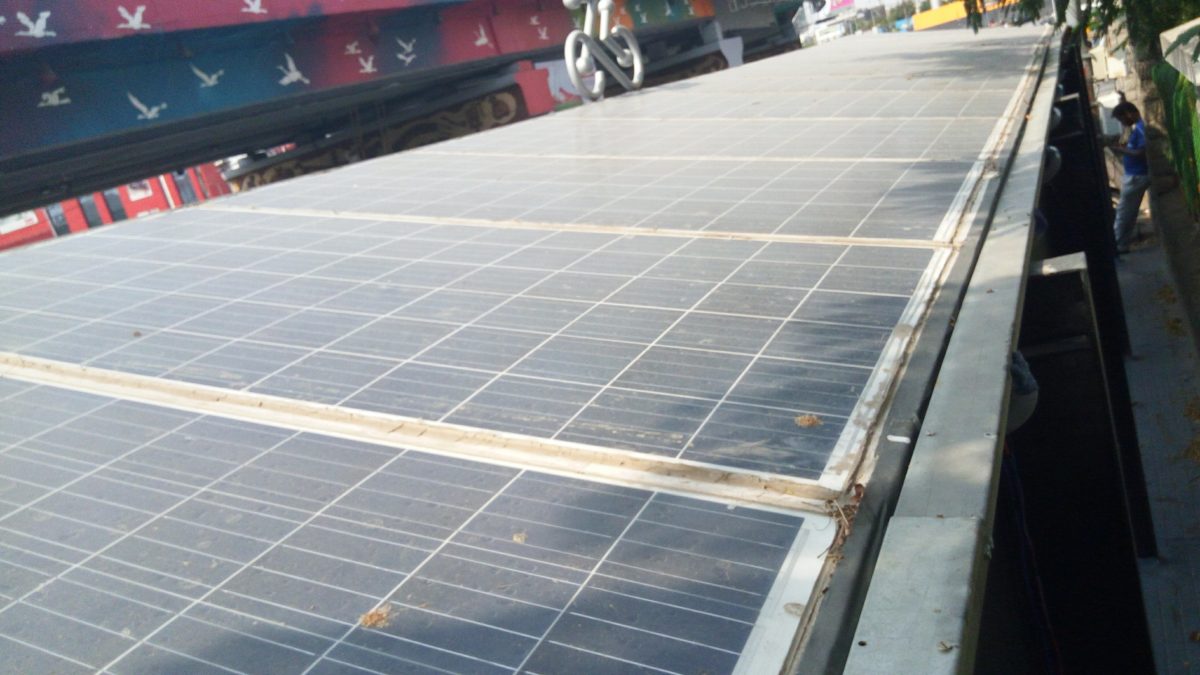
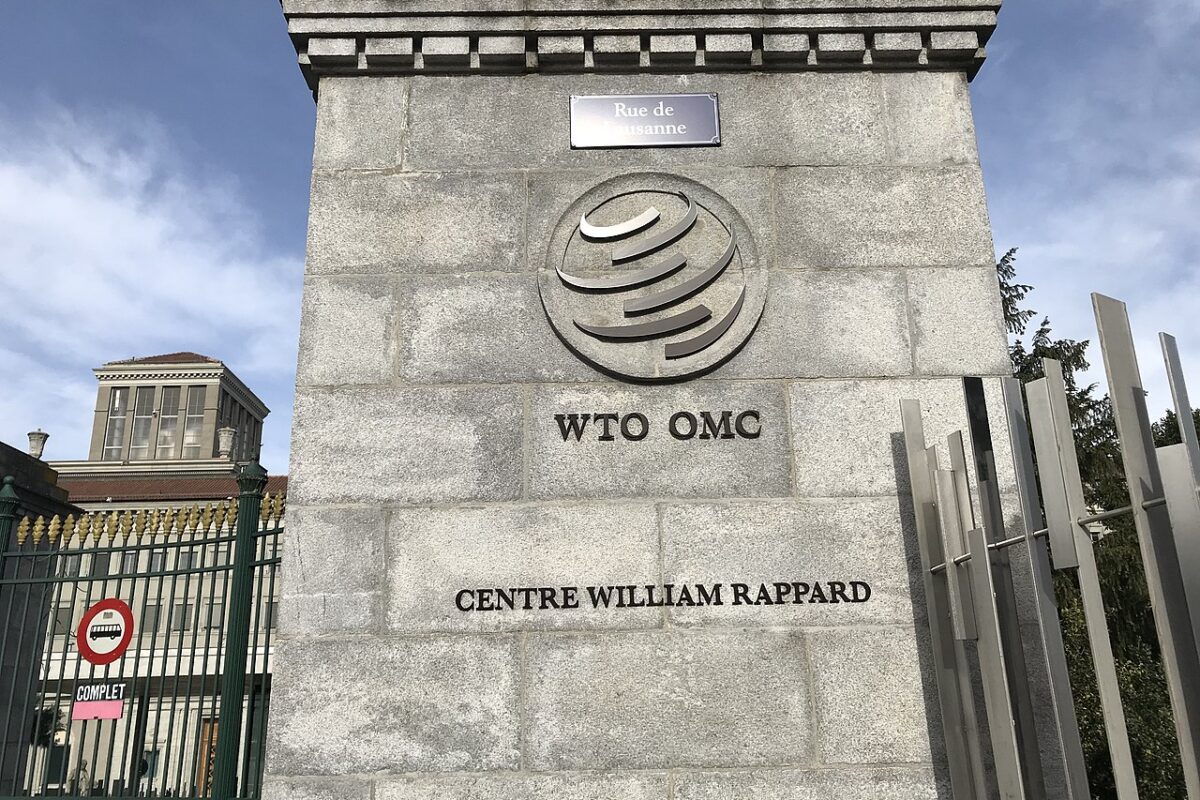

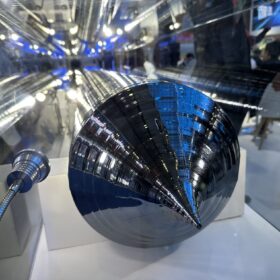

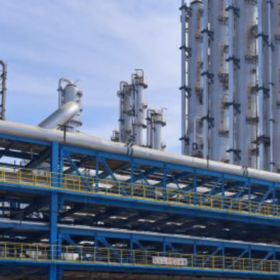
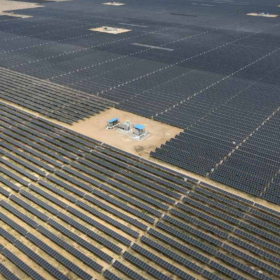

By submitting this form you agree to pv magazine using your data for the purposes of publishing your comment.
Your personal data will only be disclosed or otherwise transmitted to third parties for the purposes of spam filtering or if this is necessary for technical maintenance of the website. Any other transfer to third parties will not take place unless this is justified on the basis of applicable data protection regulations or if pv magazine is legally obliged to do so.
You may revoke this consent at any time with effect for the future, in which case your personal data will be deleted immediately. Otherwise, your data will be deleted if pv magazine has processed your request or the purpose of data storage is fulfilled.
Further information on data privacy can be found in our Data Protection Policy.